Social necessity and commentary: Chitra Santhe artist insights on the role and business of art
In this photo essay, we showcase artworks and journeys of three artists. Art is about expression, extension, and excellence, they explain.
Launched in 2014, PhotoSparks is a weekly feature from YourStory, with photographs that celebrate the spirit of creativity and innovation. In the earlier 525 posts, we featured an art festival, cartoon gallery. world music festival, telecom expo, millets fair, climate change expo, wildlife conference, startup festival, Diwali rangoli, and jazz festival.
In this photo essay series, we profile artworks and creative insights from the participating artists at Chitra Santhe 2021. See our full 15-part coverage here.
Hosted by Karnataka Chitrakala Parishath in Bengaluru, the 18th edition of the annual art festival was held virtually from January to March 2021 due to the pandemic. The online exhibition wrapped up with a showcase of over 1,000 artists from India and overseas.
See also YourStory’s coverage of six earlier editions of Chitra Santhe: 2020, 2019, 2018, 2017, 2016 and 2015, as well as compilations of Top Quotes of 2020 on Art in the Era of the Pandemic, Indian Art, Art Appreciation and Practice, and Beauty and Business of Art.
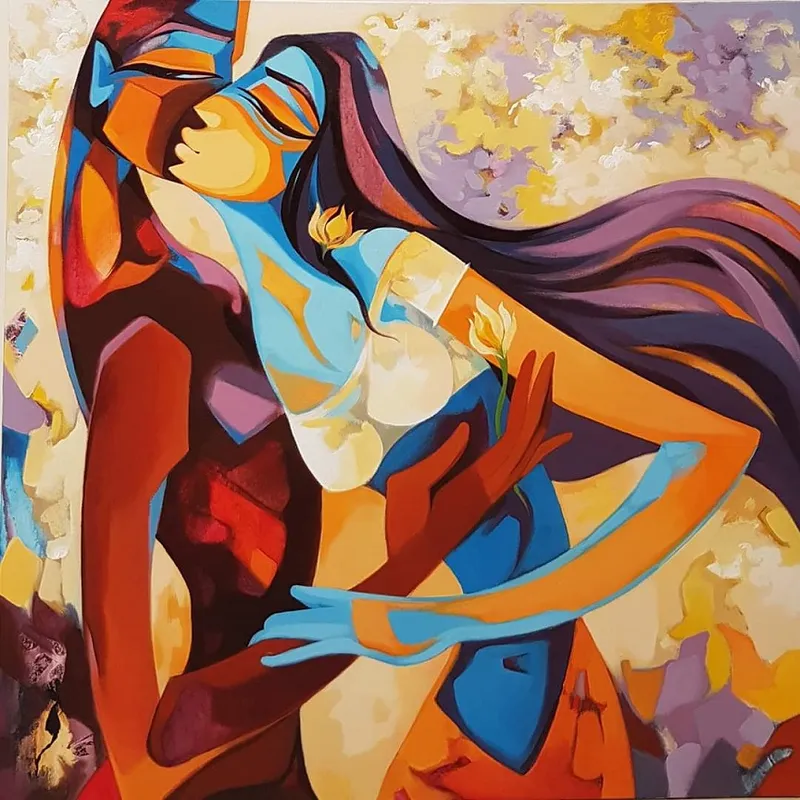
Artist: Laxmi Mysore
Sharmila Aravind
“For me, art is a medium of expression, of the self. It serves as a language to say things which may never fit into the rigidity of verbal expression,” explains Bengaluru-based artist Sharmila Aravind, in a chat with YourStory.
She cites Pablo Picasso in this regard: Art washes the dust of daily life from our souls.
She sees success for herself if an artwork that stems from her thought and process touches another soul deeply. “Who doesn’t want recognition and commercial viability? But they have never been the intention behind my creations,” she adds.
Sharmila calls for greater art appreciation n society. “Art as a matter of interest has to be created in childhood, as part of the school syllabus. Importance should be attached to the benefits of learning and practising any art form – they should not be considered optional and trivial,” she advises.
“Art appreciation is of utmost importance for complete development of an individual. Things should change at the grassroots level to have a population that appreciates, enjoys, invests in, and promotes art,” Sharmila affirms.
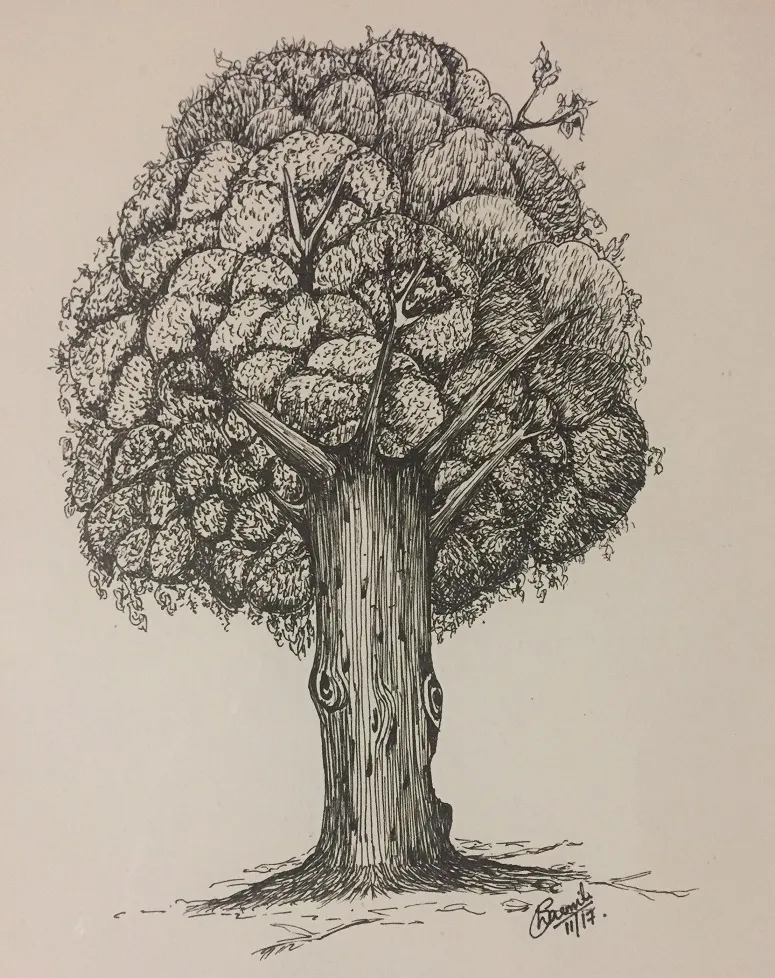
Artist: Sharmila Aravind
Her artworks are linoleum prints or gel pen sketches on paper. “The prints speak of people – their perceptions, attitudes, the good, the bad and the ugly sides of personalities. The sketches depict nature, with themes such as the death of a tree. We are all too familiar with this living in an ever-expanding city,” she laments.
Both types of her works comment on society and the adverse impacts of development. “The price we pay for such destruction is very heavy, and has far-reaching irreversible effects,” Sharmila cautions. Her artworks are priced from Rs. 3,000 to Rs. 7,000.
Though the pandemic has imposed strict limits on society, she feels it has taught us some very valuable lessons of life as well. “My work on a documentary film kept me occupied, as well as other projects,” Sharmila says.
She has participated in exhibitions such as My City Speaks to Me, Fluid, and No Parking. She has also exhibited her works at shows like Mentality at the NIMHANS Heritage Museum.
The show accompanied panel discussions on mental health, titled Convers(g)e. Speakers and guests included Vasanthi Hariprakash (Founder, Pickle Jar), Prof. Sanjeev Jain (Dept. of Psychiatry, NIMHANS), and Chiranjiv Singh (former Indian Ambassador to UNESCO).
Sharmila appreciates the advantages of online exhibitions, such as the widespread reach. “But the instant feedback and interaction that happens in a gallery between the artist and the viewer is missing,” she laments.
“From the perspective of a viewer, having the artwork right in front of you is a different experience. You notice the textures, strokes, and other details. On a screen, all that blurs and the image looks incomplete. But under the current circumstances, online is the way to go,” she admits.
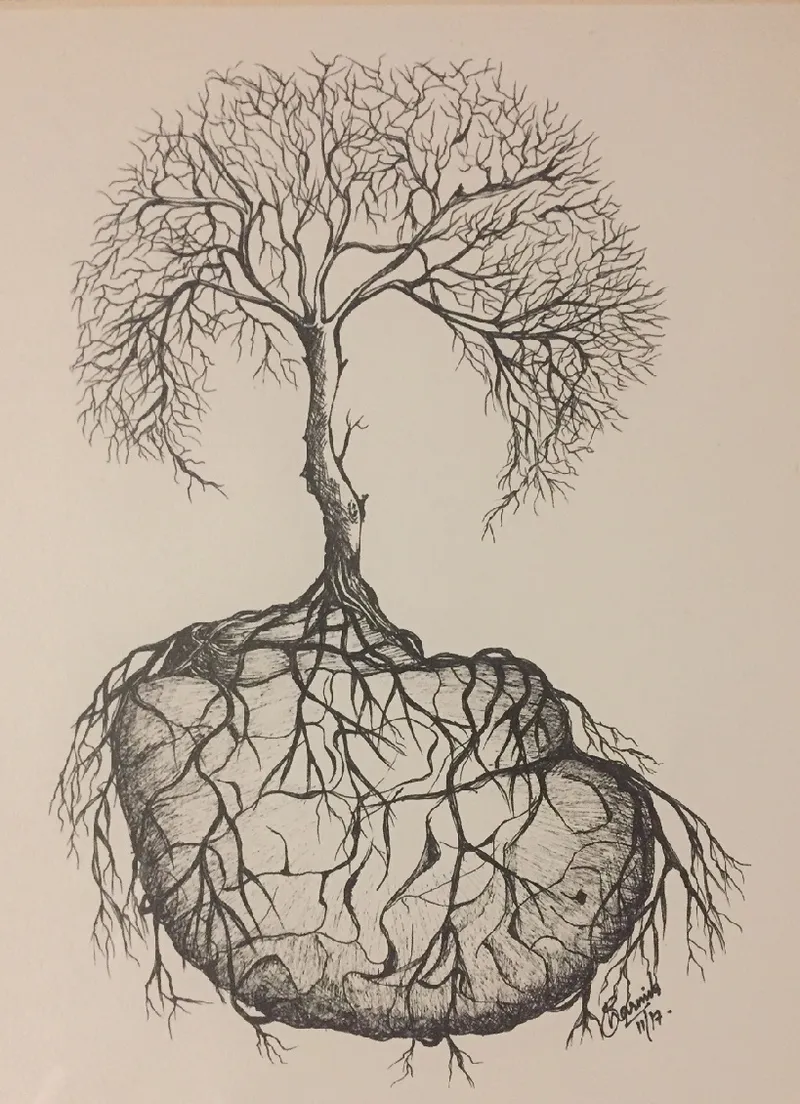
Artist: Sharmila Aravind
“Art is something that is very personal to the self. It engages as well as distracts; it lightens as well as makes the mind nostalgic or melancholic,” Sharmila describes.
“Art can be for entertainment or for serious indulgence of the soul. It has a lot of contradictions and no single definition. So, take up art for an incredible experience or for constructive distraction. But do indulge in some form of art or the other,” she advises aspiring artists.
Mario Fuentes
The international lineup of Chitra Santhe 2021 included Ecuadorian designer and poster artist, Mario Fuentes. “Art makes the invisible visible, where inner exploration, knowledge and thought are very important,” he explains.
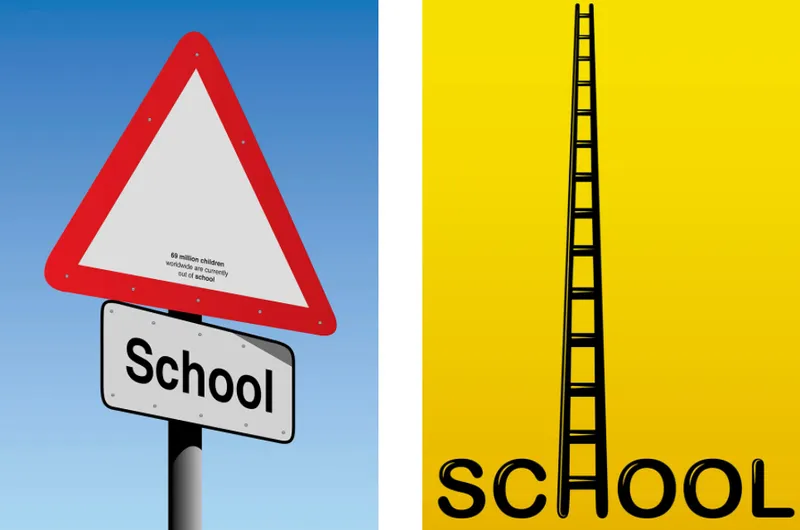
Artist: Mario Fuentes
“Art is the result of that complex intellectual and intuitive process that manifests itself in something tangible or intangible. Art is not limited to an object or a technique as such,” the award-winning artist adds, pointing to varying notions of art as idea, experience, process or action.
Success for an artist means discovering and developing one’s own voice, away from all fashions or trends. “Success is getting your personal stamp with which to consolidate a career, and making your most risky ideas come true without fear of being wrong,” Mario says.
“Awards are a sign that you are on the right track. They allow you to tear down walls. Awards are a plus, not a purpose,” he adds.
Mario has won awards at the Florence Biennale, International Image Festival (Mexico), International Poster Triennial (Toyama, Japan), and International Biennale of Socio-Political Posters (Poland). Overall, he has participated in around 300 collective exhibitions of posters around the world, in addition to solo exhibitions in 20 countries.
He calls for more appreciation of art in society through education, and strengthening and diversifying its contents. “People should learn and value the art and culture of their place of origin as a beginning, and then know universal art,” he suggests.
People should cultivate a visual culture that allows appreciation of other cultural and artistic manifestations. “We cannot value what we do not know. Ignorance is the worst enemy of culture and art,” Mario cautions.
He describes his style as one that uses functional thinking. Mario’s artworks are priced from $150 to $2,000. “I am currently focused on creating limited edition design pieces for collectors and design galleries,” he explains.
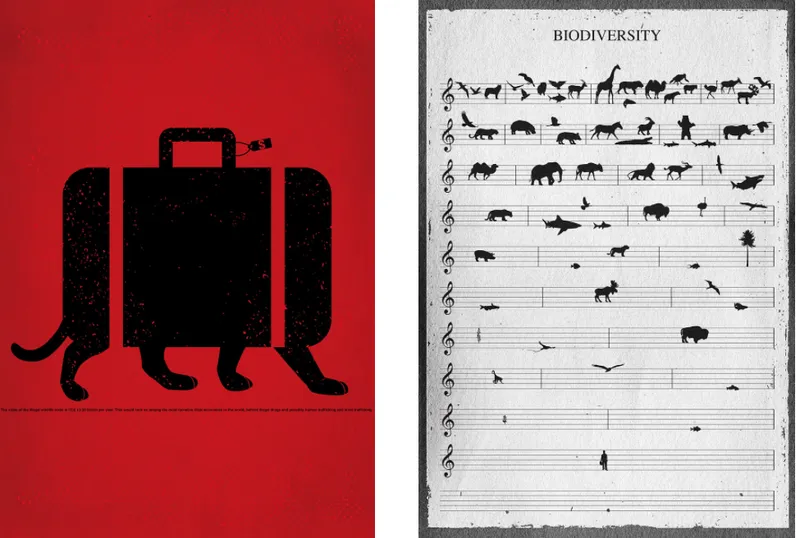
Artist: Mario Fuentes
Due to the pandemic, some of his projects could not be completed. This included one called Fake Covers, with false cover designs for important magazines. “Online exhibitions have appeared as an alternative, and enable us to be linked and active in these difficult times,” Mario says.
Online exhibitions require less logistics, mobilisation of personnel, transportation of works, and other costs. "But what I miss is being able to observe the reaction of the public to the exhibited works, and to have a good conversation with attendees and exhibitors,” Mario laments.
“Always keep your motivation for art latent. Do not seek to be like anyone – on the contrary, find your own voice. Be persevering and show your personality in each of your works. Take into account that the only commitment you have is to yourself,” he advises aspiring artists.
Madhulika Jain
“Art is a medium of expression for me, it is my passion and a source of positive energy,” explains Bengaluru-based artist Madhulika Jain, who dreams of becoming famous one day.
“Art is everywhere and is tightly integrated into the lives of people – but many live in ignorance of it or are too busy to observe art. We need to learn to pause, be mindful of the surroundings,” she suggests.
One will then start to see art everywhere. “This includes nature, cityscapes, road vehicles, and gadgets,” Madhulika describes.
For Chitra Santhe, she prepared a series of paintings on meditation and spirituality. Her works are priced from Rs 7,500 upward. “But price should not be a block for those who genuinely appreciate art,” she adds.
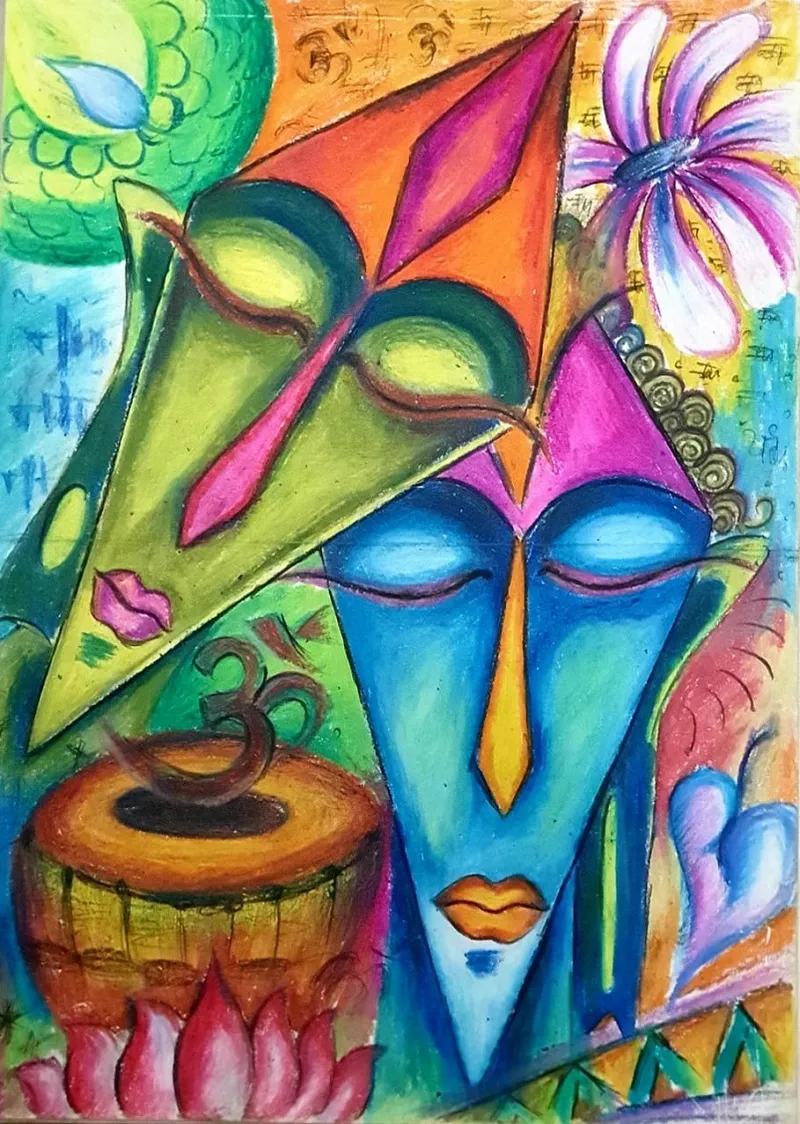
Artist: Madhulika Jain
“The pandemic is a tough time, but I resonate with the phrase This too shall pass. I keep myself positive and motivated to create new works of art, and find time do that every day regardless of the situation,” Madhulika affirms.
She regards online exhibitions as a great development for artists to continue to showcase their work despite physical restrictions. “The global reach is an advantage. But what is lacking is the interaction and feedback from physical exhibitions, which create new connections and give us motivation,” she laments.
She also offers encouragement for aspiring artists. “Never stop learning, and keep creating,” Madhulika signs off.
Now, what have you done today to pause in your busy schedule and find new avenues to unleash your inner creativity?
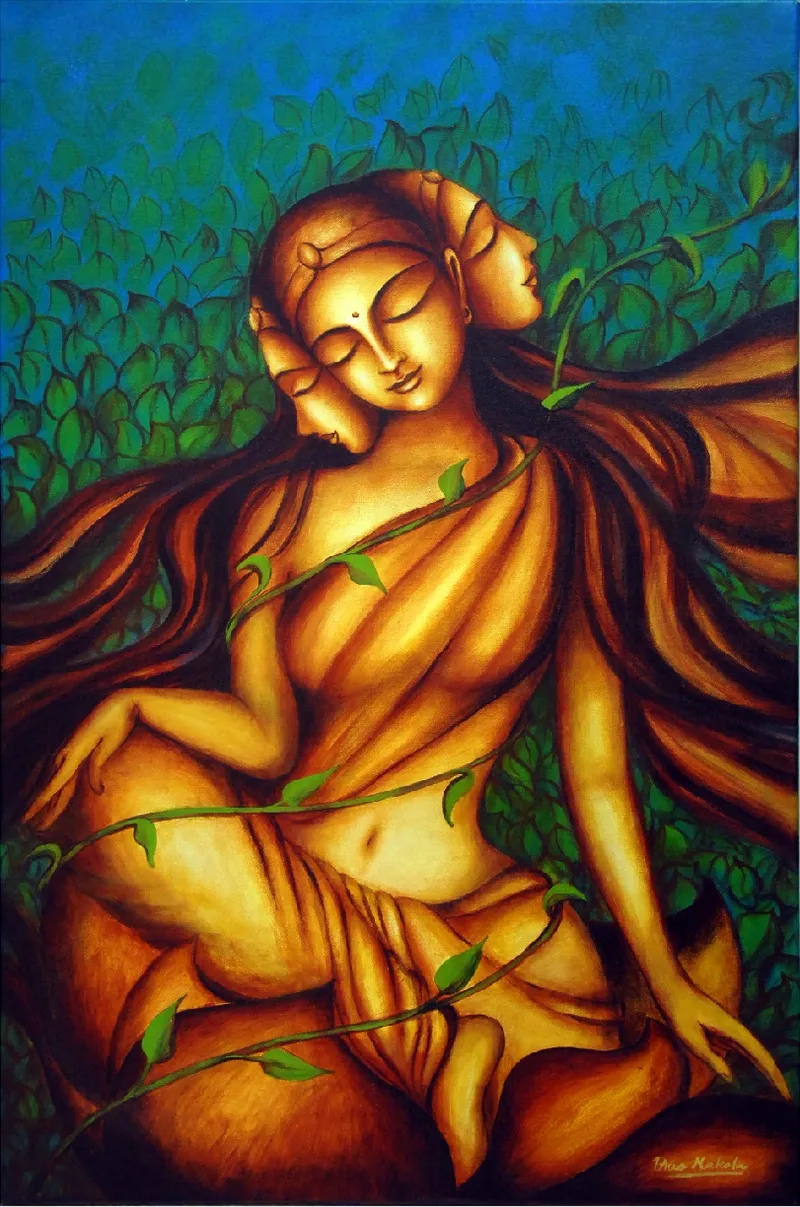
Artist: Uma Makala
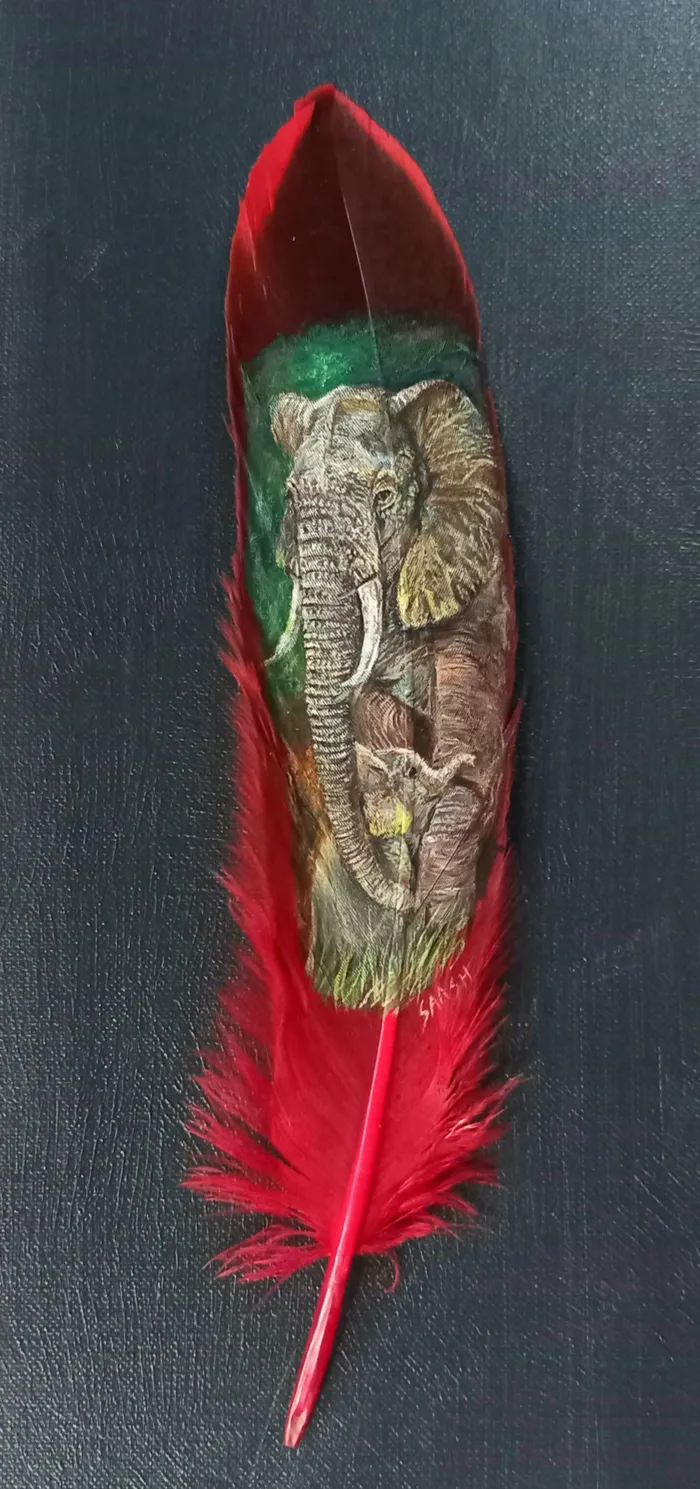
Artist: ASHMIKA S A
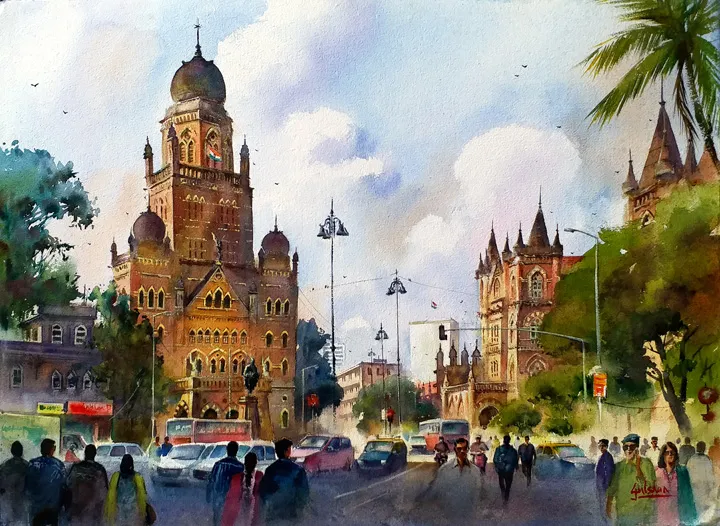
Artist: Gulshan Achari
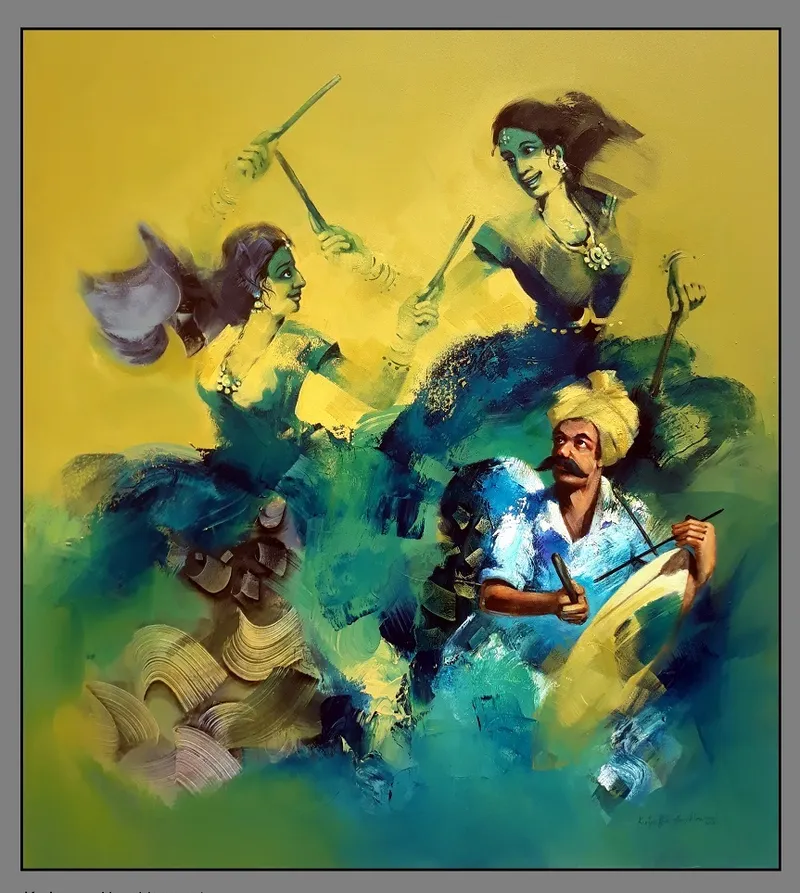
Artist: Kariyappa Hanchinamani
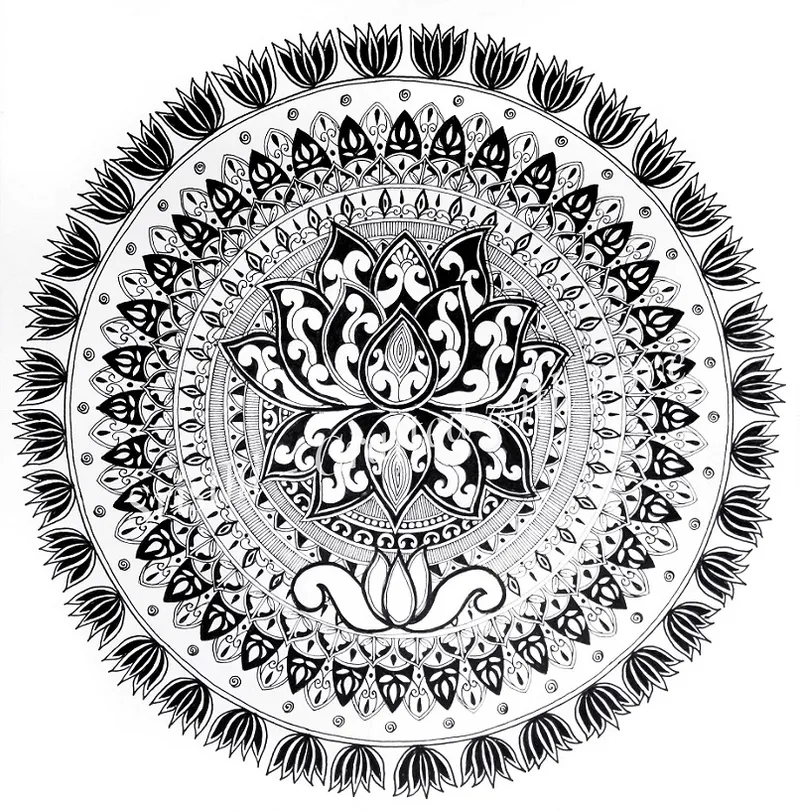
Artist: Sowmya Beena
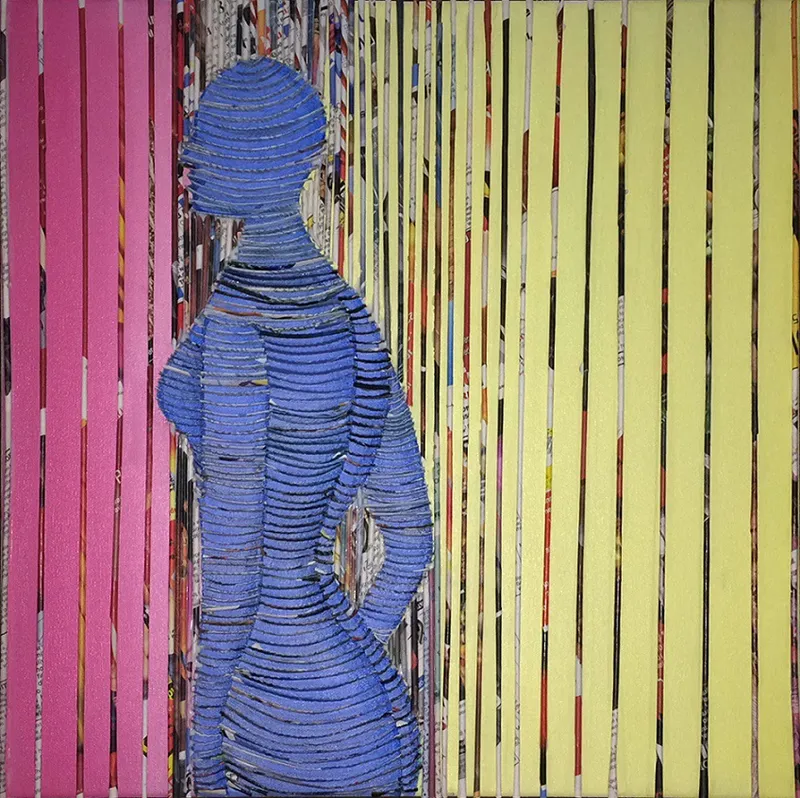
Artist: Neelu Patel
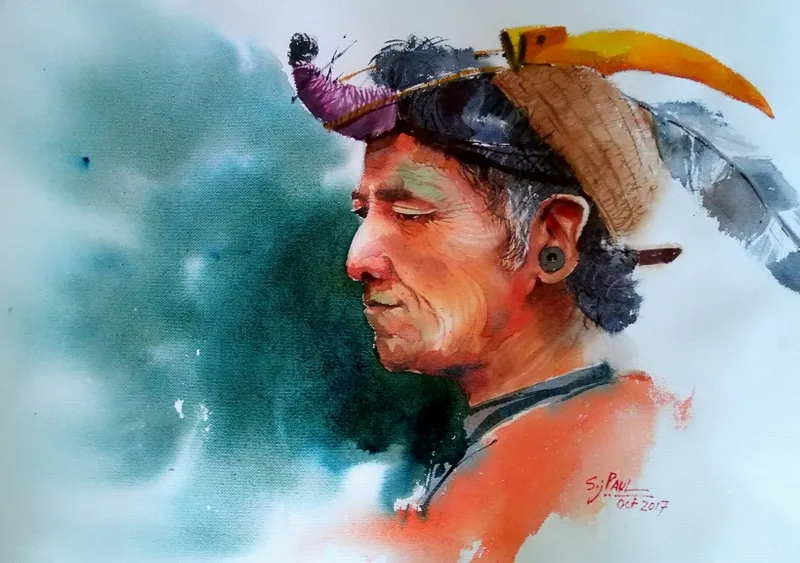
Artist: Subhajit Paul

Artist: Sharmila Aravind
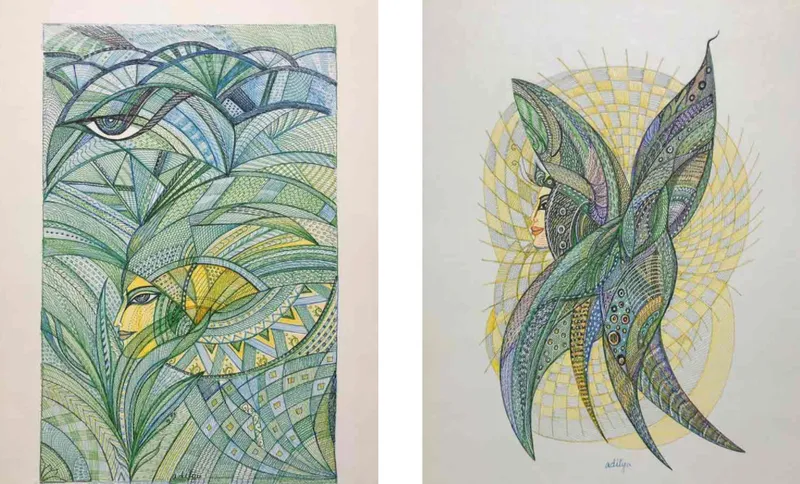
Artist: Manjula Gupta
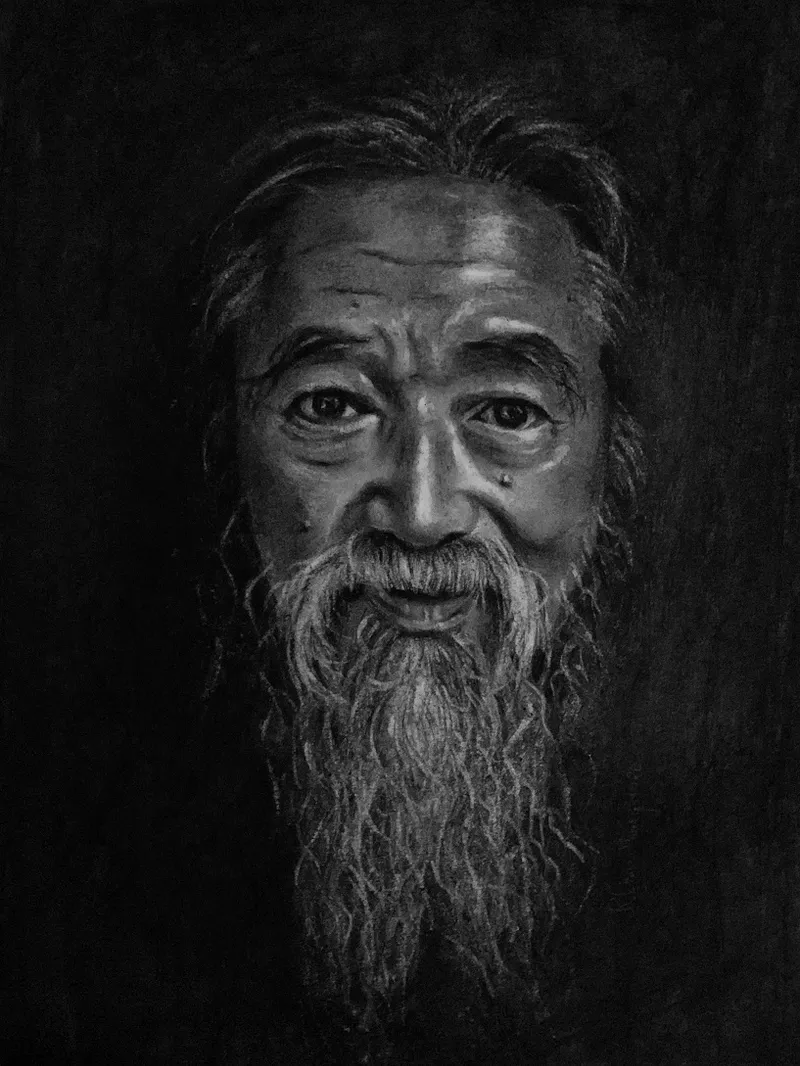
Artist: Rohini Choudhary
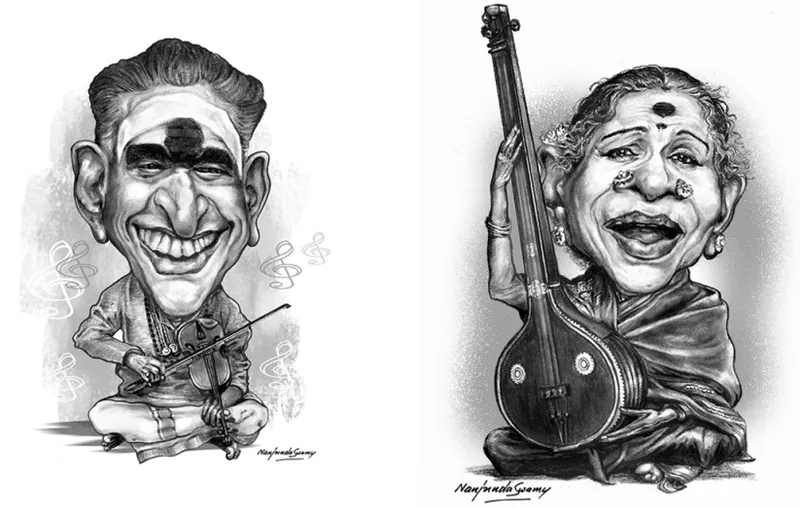
Artist: Nanjunda Swamy
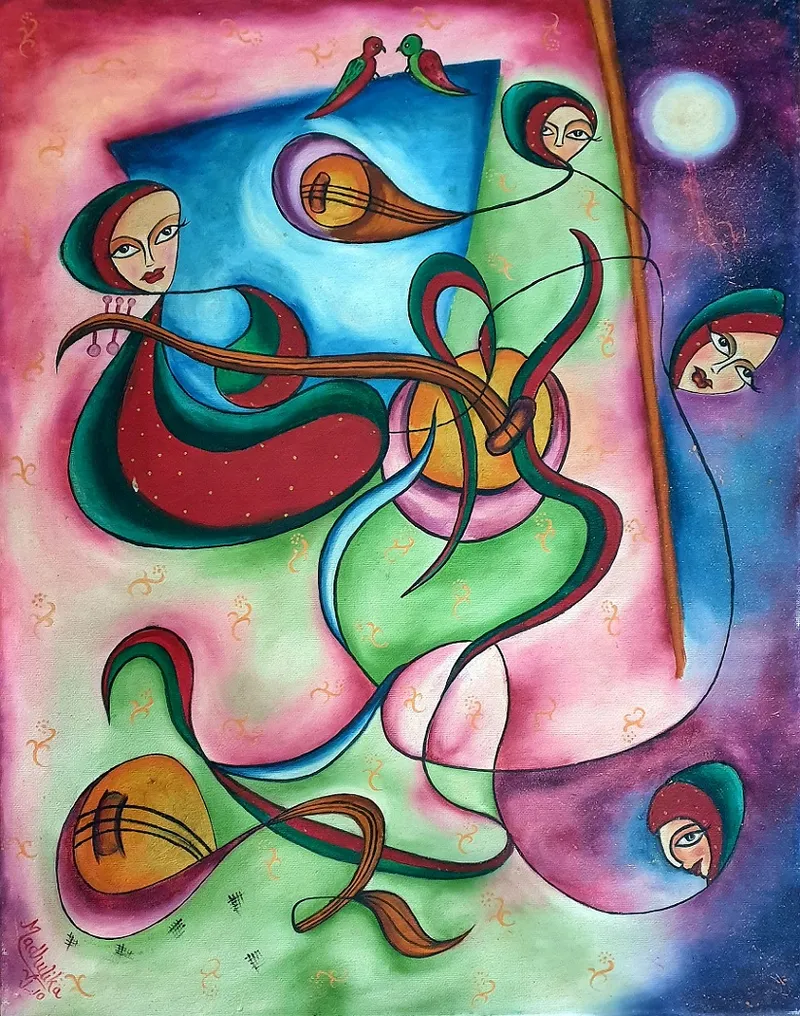
Artist: Madhulika Jain
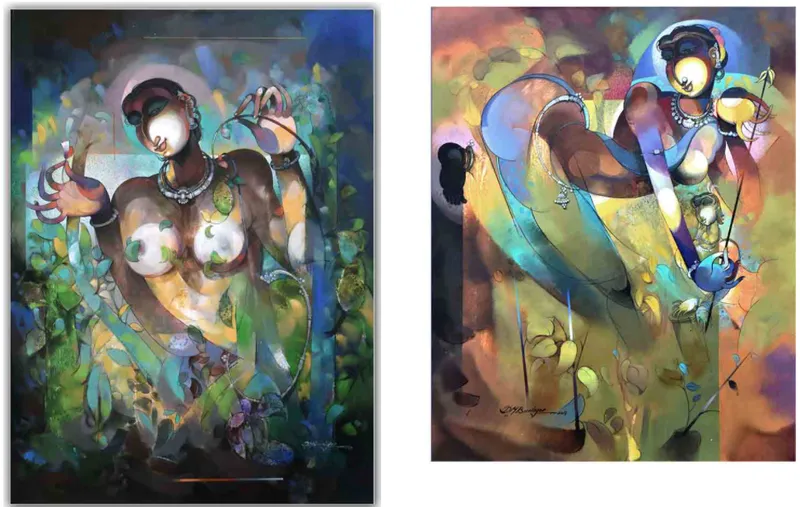
Artist: Devendra M Badiger
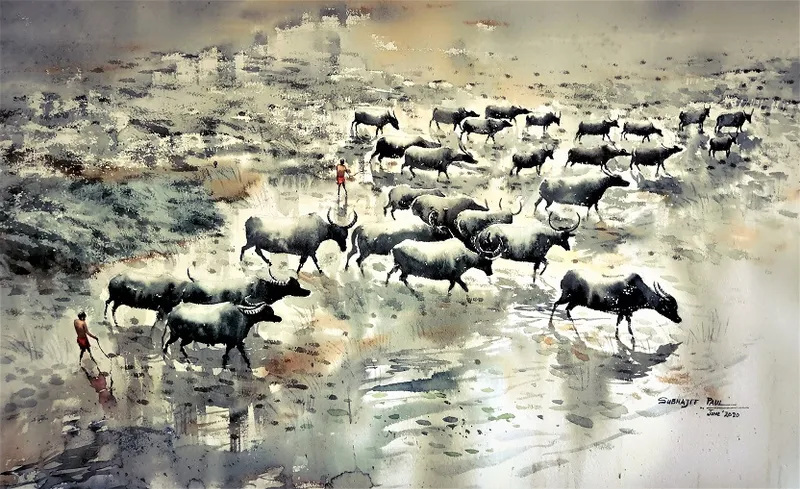
Artist: Subhajit Paul
See also the YourStory pocketbook ‘Proverbs and Quotes for Entrepreneurs: A World of Inspiration for Startups,’ accessible as apps for Apple and Android devices.
Edited by Teja Lele



![[The Turning Point] Why these mothers quit their corporate careers to make toxin-free crayons for kids](https://images.yourstory.com/cs/2/70651a302d6d11e9aa979329348d4c3e/NehaandKaren2-1617275791706.jpg?fm=png&auto=format&h=100&w=100&crop=entropy&fit=crop)





